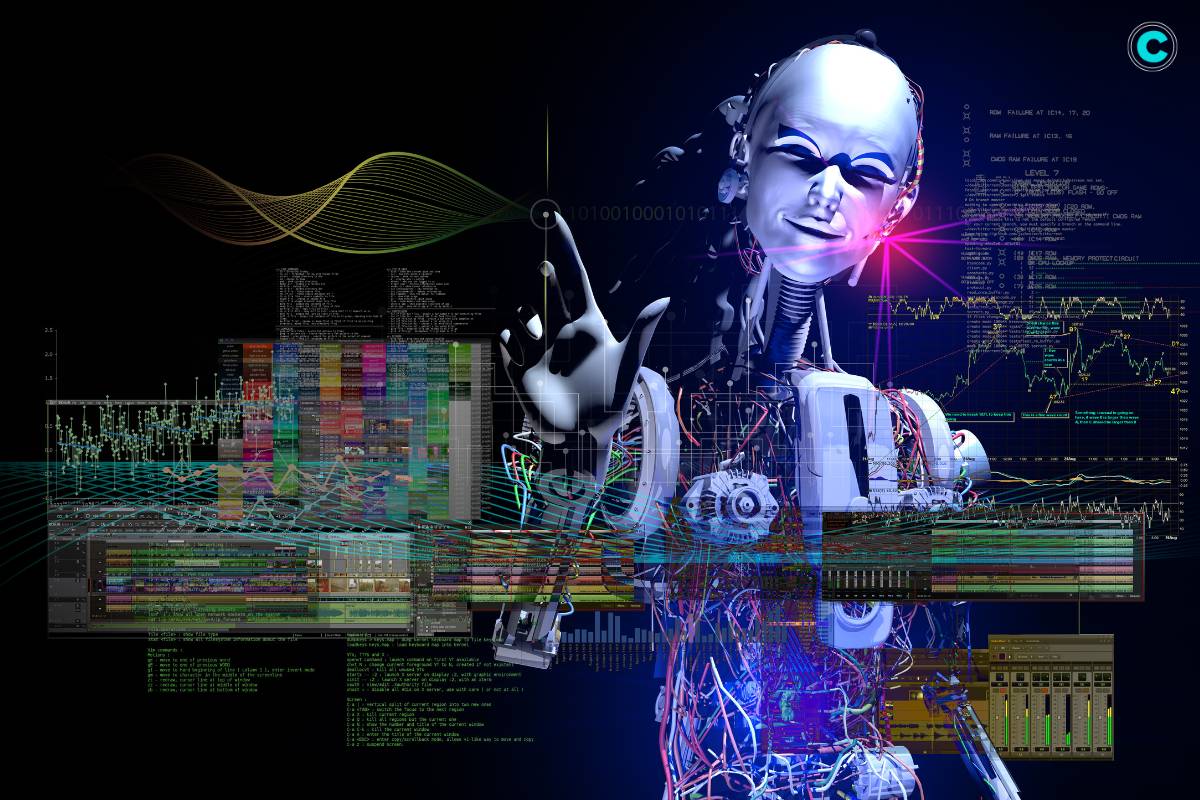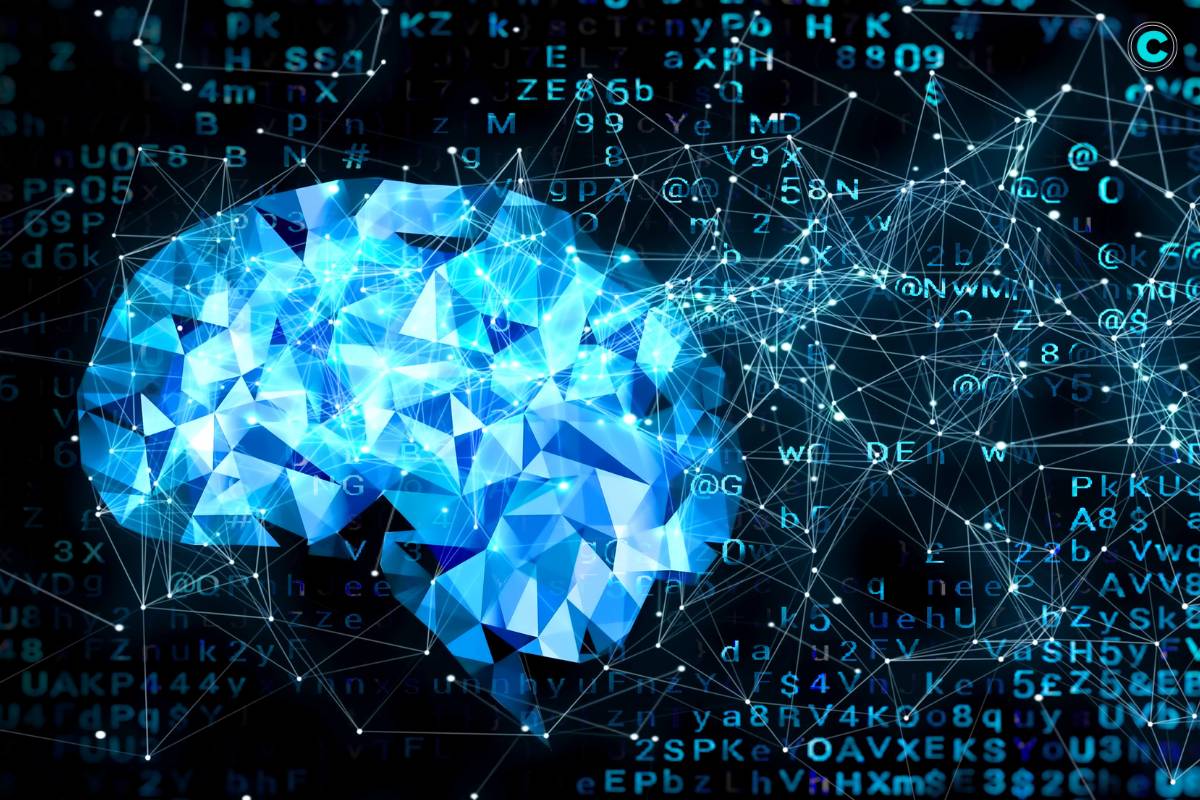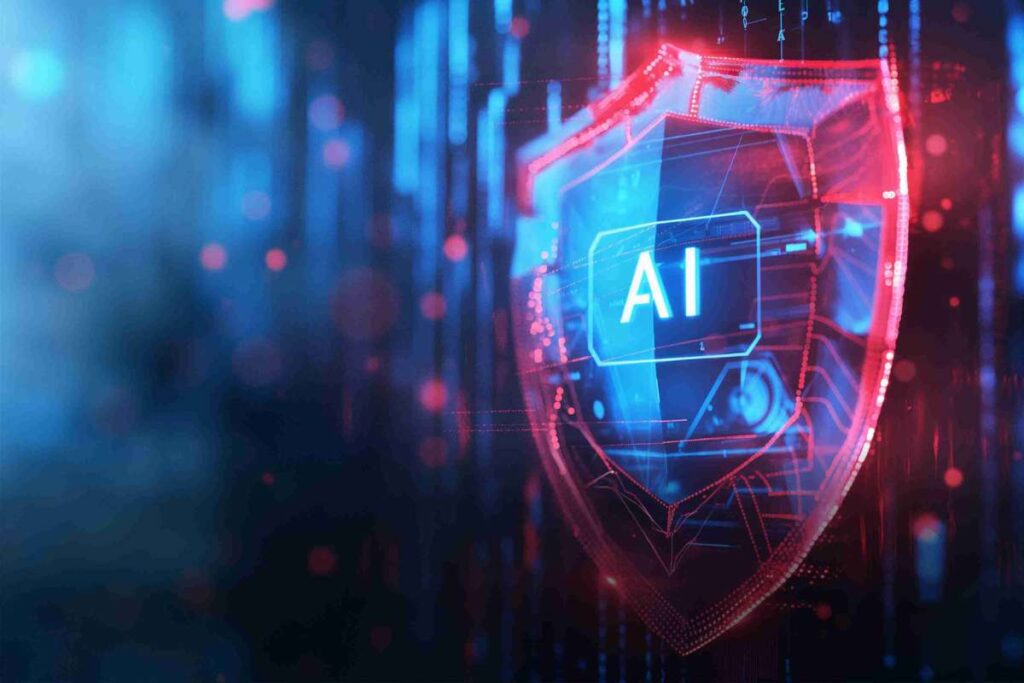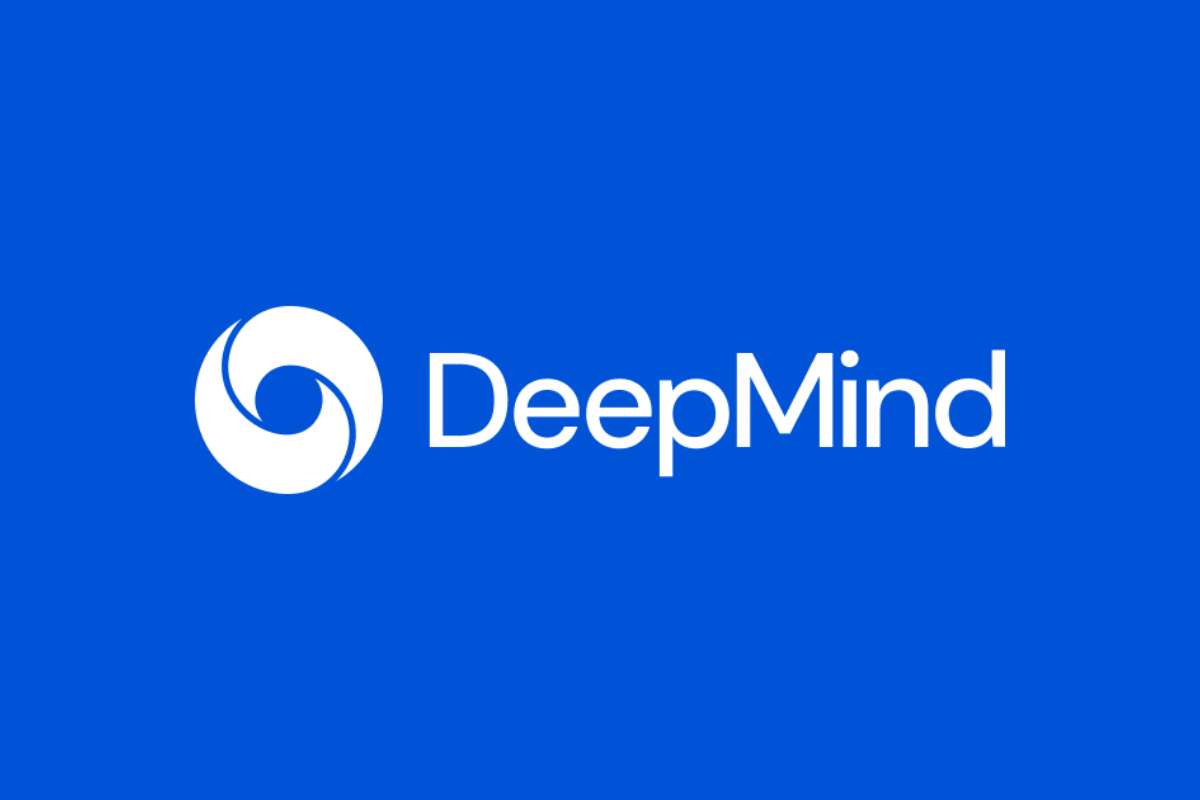Unsupervised learning is the cornerstone of modern artificial intelligence and machine learning, offering a pathway for algorithms to discern patterns and structures within data without explicit guidance. In a realm where data reigns supreme, it stands as a beacon of autonomy, enabling algorithms to navigate uncharted territories and uncover hidden insights. This article embarks on a comprehensive journey through the landscape of unsupervised learning, delving into its methodologies, applications, challenges, and future prospects.
Understanding Unsupervised Learning:
Unsupervised learning is a fundamental concept in the field of machine learning, distinguished by its ability to extract patterns and structures from data without explicit guidance or labeled examples. Unlike supervised learning, where algorithms are trained on labeled data to predict outcomes, the algorithms operate on unlabeled data, seeking to uncover hidden relationships and insights autonomously.
At its core, this learning task algorithms explore the inherent structure of data, identifying similarities, differences, and patterns that may not be immediately apparent to human observers. This exploration often takes the form of clustering, where data points are grouped together based on similarities in their features. By clustering data points into coherent groups, its algorithms can reveal underlying patterns and relationships, providing valuable insights into the nature of the data.
Another key technique in unsupervised learning is dimensionality reduction, which aims to reduce the complexity of high-dimensional data while preserving its essential information. By representing data in a lower-dimensional space, dimensionality reduction techniques like principal component analysis (PCA) or t-distributed stochastic neighbor embedding (t-SNE) facilitate visualization and analysis, making it easier to uncover meaningful patterns and structures.
the learning finds applications across a wide range of domains, from clustering customer segments in marketing to detecting anomalies in financial transactions. In healthcare, the algorithms analyze medical imaging data to identify patterns indicative of disease, while in natural language processing, they uncover semantic relationships between words and documents.
Despite its versatility and utility, this learning poses its own set of challenges. The absence of labeled data makes it difficult to evaluate algorithm performance objectively, while the interpretability of these models can be challenging, particularly in complex datasets. Scalability and computational efficiency also present significant hurdles, particularly in the era of big data.
Methods:

Methods in unsupervised learning encompass a diverse array of techniques aimed at extracting meaningful insights from unlabeled data. These methods enable algorithms to discern patterns, structures, and relationships within datasets without the need for explicit guidance. Among the primary methods employed in it are clustering, dimensionality reduction, and density estimation.
Clustering:
Stands as one of the foundational techniques in this learning, where algorithms group similar data points together based on certain criteria. The goal of clustering is to partition the data into cohesive groups, or clusters, such that data points within the same cluster are more similar to each other than to those in other clusters.
Common clustering algorithms include K-means, hierarchical clustering, and DBSCAN (Density-Based Spatial Clustering of Applications with Noise), each with its own strengths and weaknesses. Clustering finds applications in various domains, including customer segmentation, image segmentation, and anomaly detection.
Dimensionality Reduction:
Techniques aim to simplify the representation of high-dimensional data while preserving its essential information. High-dimensional data often pose challenges for analysis and visualization due to the curse of dimensionality, where the distance between data points becomes less meaningful in higher dimensions.
Dimensionality reduction methods like Principal Component Analysis (PCA), t-distributed Stochastic Neighbor Embedding (t-SNE), and autoencoders transform high-dimensional data into a lower-dimensional space while retaining as much variance as possible. These techniques facilitate visualization, exploration, and analysis of complex datasets, aiding in tasks such as data compression, feature extraction, and visualization.
Density estimation
Involves estimating the probability distribution of the underlying data, providing insights into the density and distribution of data points in a dataset. Density estimation techniques enable algorithms to identify regions of high density, which may correspond to clusters or anomalies within the data. Kernel Density Estimation (KDE), Gaussian Mixture Models (GMM), and Parzen Windows are commonly used density estimation methods. Density estimation finds applications in anomaly detection, novelty detection, and generative modeling.
Applications Across Industries:

The versatility of unsupervised learning renders it indispensable across a myriad of industries and domains. In marketing, this learning facilitates customer segmentation, enabling businesses to tailor their strategies to distinct consumer groups with precision. In finance, anomaly detection algorithms sift through voluminous transactional data, identifying aberrant patterns indicative of fraudulent activities. In healthcare, unsupervised learning aids in disease detection and diagnosis by uncovering subtle patterns within medical imaging data. From retail to healthcare, finance to manufacturing, it permeates virtually every facet of modern society, driving innovation, and efficiency in its wake.
Challenges and Considerations:
Despite its promise, unsupervised learning presents its fair share of challenges and considerations. Chief among these is the absence of ground truth, making it difficult to objectively evaluate algorithm performance. The interpretability of these learning models poses another challenge, as complex algorithms may produce inscrutable results that defy human comprehension. Scalability remains a perennial concern, with computational demands escalating alongside dataset size, posing challenges for resource-constrained environments.
Overfitting, a common pitfall in machine learning, threatens the integrity of the learning models, necessitating robust regularization techniques to mitigate its effects. Additionally, the curse of dimensionality looms large, particularly in high-dimensional datasets where distances between data points lose their significance, complicating the task of pattern recognition and clustering.
Charting the Future of Unsupervised Learning:

As the field of artificial intelligence continues to evolve, so too does the landscape of unsupervised learning. Advances in deep learning and neural network architectures promise to push the boundaries of what’s possible, enabling more nuanced analysis of complex datasets. Furthermore, interdisciplinary collaboration between computer scientists, statisticians, and domain experts holds the key to unlocking new applications and insights. From autonomous vehicles to personalized medicine, the future of this learning is teeming with potential, poised to revolutionize industries and reshape the way we interact with data.
Navigating the Uncharted Waters of Unsupervised Learning:
This type of learning represents a potent tool in the arsenal of machine learning practitioners, offering a pathway to uncovering hidden insights within vast troves of data. From clustering to dimensionality reduction, the techniques empower algorithms to distill complexity into clarity, revealing patterns and structures that elude human perception. However, this journey is not without its perils, as challenges such as scalability, interpretability, and overfitting loom large on the horizon. Nonetheless, with careful consideration and ongoing innovation, this learning stands poised to unlock new frontiers in artificial intelligence and propel us into a future where data-driven insights reign supreme.






